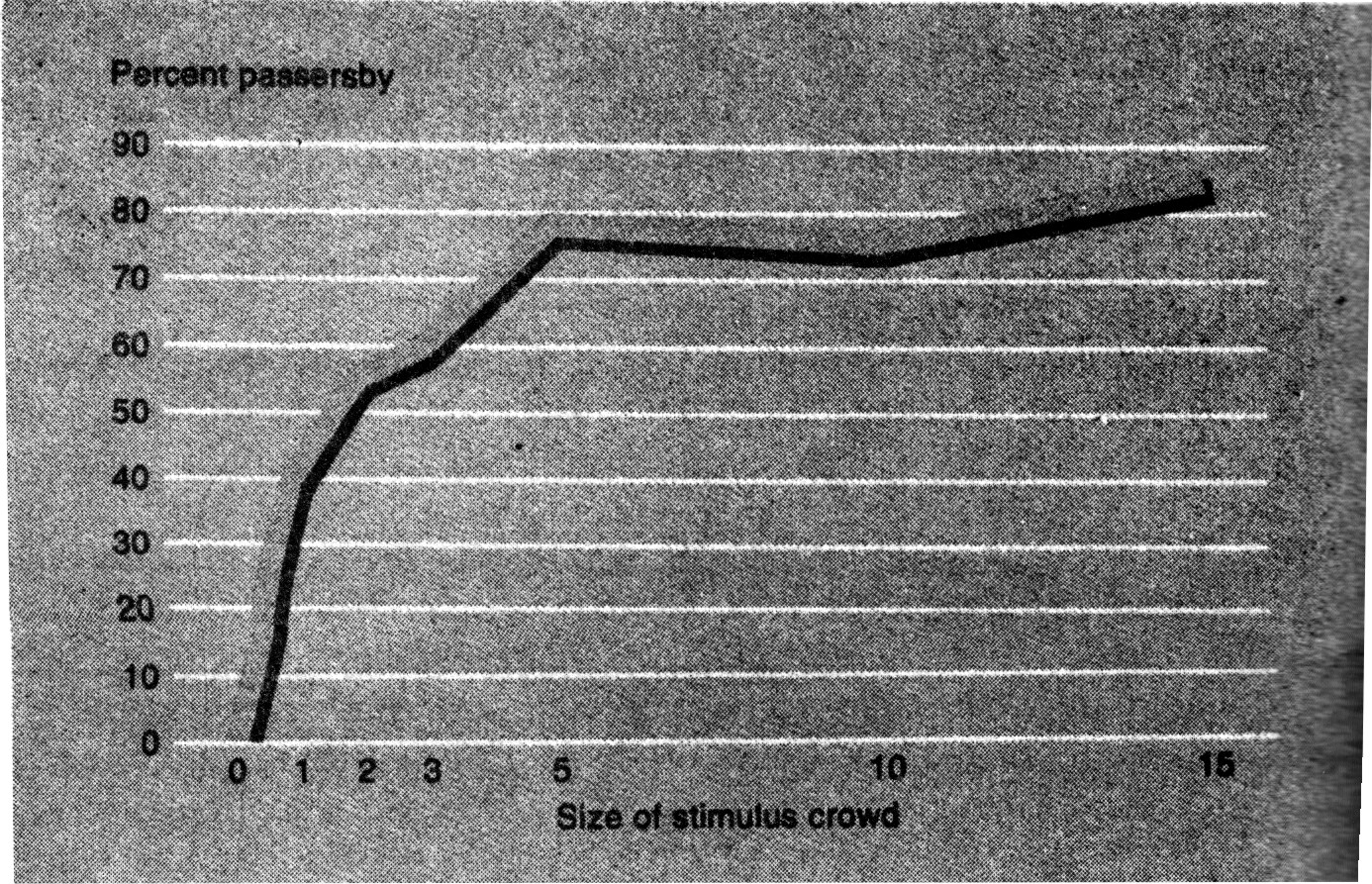Describe the influence of group size, unanimity, cohesion and status on conformity. Social psychologists wondered: If even Asch’s noncoercive, unambiguous situation could elicit a conformity rate of 37 percent, would other settings produce even more? Researchers soon discovered that conformity did grow if the judgments were difficult or if the subjects felt incompetent. The more insecure we are about our judgments, the more influenced we are by others. Researchers have also found that the nature of the group has an important influence. Conformity is highest when the group has three or more people and is cohesive, unanimous, and high in status. Conformity is also highest when the response is public and made without prior commitment. GROUP SIZE In laboratory experiments a group need not be large to have a large effect. Asch and other researchers found that three to five people will elicit much more conformity than just one or […]
Norms, Conformity & Social Learning Approach
Write a comprehensive note on the following: i) Norms ii) Conformity iii) Social Learning Approach i) Norms Wrightman has proposed that conscience operates, when each individual is working on his or her own, but when the person functions in “organizational mode” one’s individual conscience is no longer relevant. Such persons are operating in an agential state, or a condition in which the person sees himself or herself as an agent for carrying out another person’s wishes, in contrast to a state of autonomy, or acting on one’s own. According to social-psychological research, the presence of others, “whether in immediate sense or in the actor’s psychological definition of the situation” (Warner and DeFleur, 1969), exerts influence on the individual to act in a manner that is consistent with what those others are perceived to feel is appropriate and desirable conduct. According to this research it was noted that behaviour […]
